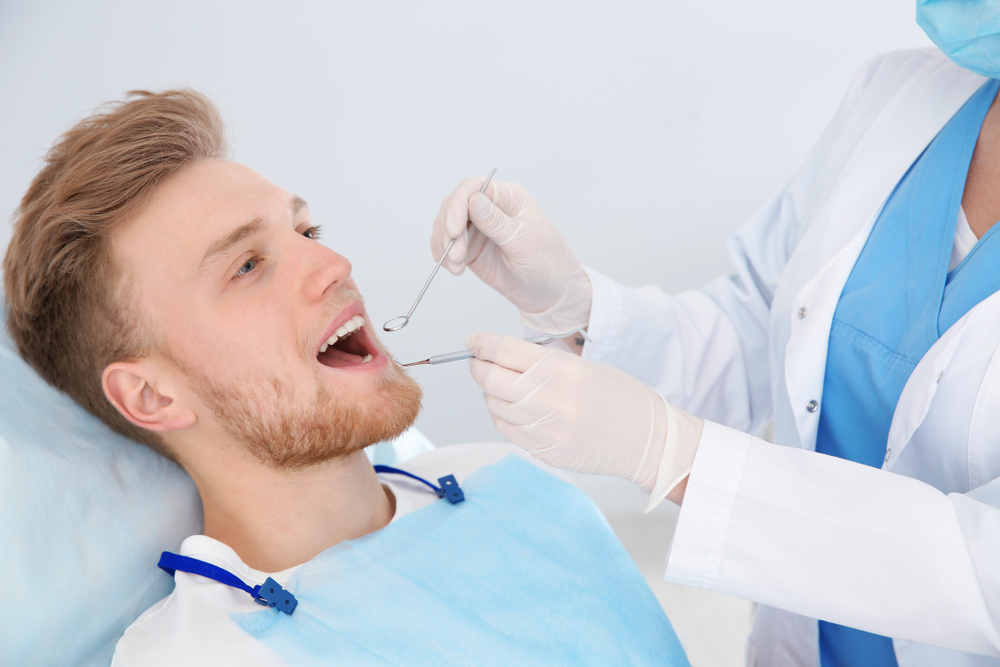
Many people dread any dental procedure, and this includes teeth cleaning. This is due to the fear of having the teeth and gums prodded, the sounds involved, and perceived jaw discomfort. It causes people to avoid vital dental procedures.
But professional teeth cleaning is quick and painless, lasting between 30 minutes to an hour. Knowing what the process entails can help prevent misconceptions and ease stress. It is necessary to find out what happens during a dental cleaning.
An Oral Examination
The first step in a dental cleaning procedure is a physical examination to look for obvious problems such as dental caries, inflamed gums, or gingivitis. You will consult the dentist if you have a serious dental issue that may need treatment before the cleaning.
Plaque and Tartar Removal
Daily brushing and flossing can help prevent the buildup of plaque or tartar. However, some areas are difficult to reach, such as between the teeth and along the gumline. The dental professional uses a scaler to gently remove plaque and tartar in these areas. The process will involve some scraping to clean the spot and is usually the least favorite part of the cleaning.
Polishing the Teeth
The next step involves using gritty toothpaste and a high-powered electric brush to polish the tartar-free teeth. You can choose your favorite flavor paste for the polish. Brushing produces a grinding noise, but the procedure is painless. The gritty polish gently scrubs the teeth, resulting in a deep clean. It also removes any tartar that the scaler may have missed.
Professional Flossing
Daily flossing is vital, but it cannot produce the same results as professional flossing. The dental hygienist will clean deeply between the teeth during the cleaning process. It can help in locating any problem spots where bleeding occurs. Flossing also removes any lingering plaque or leftover paste from the polishing.
Rinsing the Mouth
After dental polishing and flossing, the dental hygienist will rinse the mouth to eliminate all the debris. The hygienist will squirt water into the mouth. After swishing the water, they will suction it out. The hygienist may use a liquid fluoride rinse to remove all residual traces of tooth polish.
Fluoride Treatment
The last step of the cleaning process may involve applying a fluoride treatment. It helps protect the teeth and prevent the formation of cavities for several months. You can choose the flavor that you like. The sticky paste or foamy gel is applied to a mouthpiece fitted over the teeth for a minute. Fluoride varnish can be painted on the teeth, which hardens when it encounters saliva.
After the cleaning, the dentist will check the teeth to look for any oral health issues and answer any questions the patient may have. Dental cleanings are usually performed twice a year.
During the appointment, the dentist may recommend other treatments based on the condition of your teeth and gums. For children, molar sealants may be recommended to prevent cavities.
For more on what happens during a dental cleaning, visit Castro Valley Dentistry at our Castro Valley, California office. Call (510) 674-0900 to schedule an appointment today.








